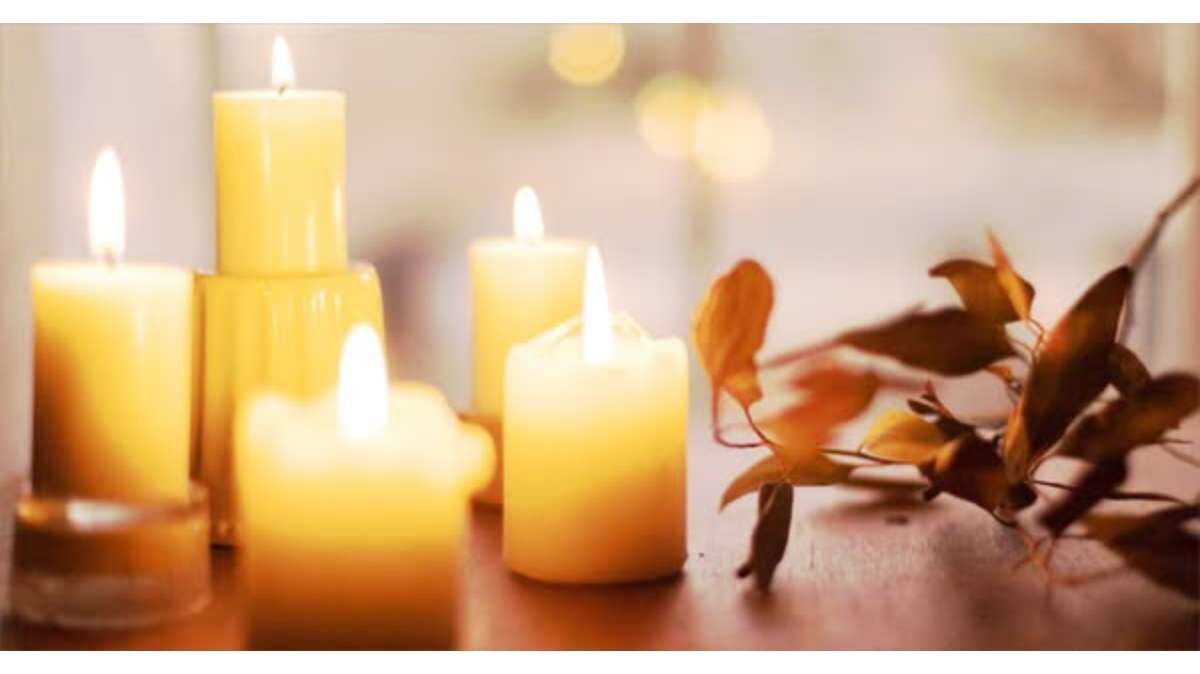2025 Cremation Trends: Eco-Friendly Choices and Cost Insights
Considering cremation in 2025? This guide breaks down modern practices, costs, and eco-benefits. Discover how cremation services simplify memorial planning while saving money. Learn why 65% of Americans now prefer cremation over burial.
What Cremation Means in 2025
Cremation in 2025 remains a dignified process where bodies are respectfully reduced to ashes using 1,400–1,800°F heat. With rising environmental awareness, U.S. families increasingly choose cremation for its smaller carbon footprint compared to resource-heavy burials. Modern cremation services now offer biodegradable urns and digital memorials, blending tradition with innovation. The process avoids land use, caskets, and embalming chemicals, making it both affordable and sustainable. For those prioritizing flexibility, ashes can be scattered, stored, or transformed into keepsakes like glass art. As cremation gains popularity, providers nationwide are enhancing transparency and customization.
Step-by-Step: The 2025 Cremation Process
The cremation process begins with legal formalities: obtaining death certificates and permits, handled seamlessly by licensed cremation services. Medical devices are removed, and the body is placed in a flame-resistant container. After a 1–3 hour incineration, remains are cooled, processed into fine ash, and returned in a temporary urn. Many U.S. crematories now integrate AI-powered tracking systems to ensure accountability. Families can opt for pre-cremation viewings or virtual memorials, reflecting 2025's hybrid approach to grieving. Eco-conscious options, such as water-based cremation (alkaline hydrolysis), are also gaining traction in select states.
Cremation vs. Burial: Cost Breakdown
Cremation costs in 2025 remain 50–70% lower than traditional burials. A full burial in the U.S. averages 9,000–15,000 (casket, plot, headstone), while direct cremation starts at 1,200.Even with add−ons like memorial services or premium urns,cremation rarely exceeds 4,500. Burial's hidden expenses—grave maintenance, land scarcity, and seasonal upkeep—make cremation a pragmatic long-term choice. Many American families also appreciate cremation's flexibility: ashes can travel across states without permits, unlike burials confined to cemeteries.
Budgeting for Cremation in 2025
The average U.S. cremation costs 1,500–3,500 in 2025, varying by location and services. Direct cremation (no ceremony) is the most affordable, while customized packages with celebrants, livestreamed memorials, or keepsakes raise prices. Urns range from 80 for simple models to1,000+ for artisan designs. Many cremation providers offer sliding-scale pricing or prepaid plans to ease financial stress. Always confirm if fees include permits, transportation, and death certificates—critical details that prevent unexpected costs.
Finding Reliable Cremation Services
Start by comparing local cremation providers' licenses, reviews, and eco-credentials. Reputable U.S. companies now provide online price calculators and 24/7 support. Ask about green alternatives like biodegradable urns or carbon-neutral cremation. Platforms like the Cremation Association of North America (CANA) verify ethical standards. For personalized care, consider family-owned crematories versus corporate chains. Preplanning ensures your wishes are honored, sparing loved ones logistical burdens during grief.
Conclusion: Embracing Cremation's Future
Cremation in 2025 offers affordability, environmental benefits, and personalized memorialization. From AI-tracked processes to hybrid ceremonies, modern cremation services cater to diverse needs. With costs consistently below burials and growing eco-options, it's no wonder 7 in 10 Americans now consider cremation. Ready to plan? Connect with certified cremation providers to create a meaningful, budget-friendly tribute.
